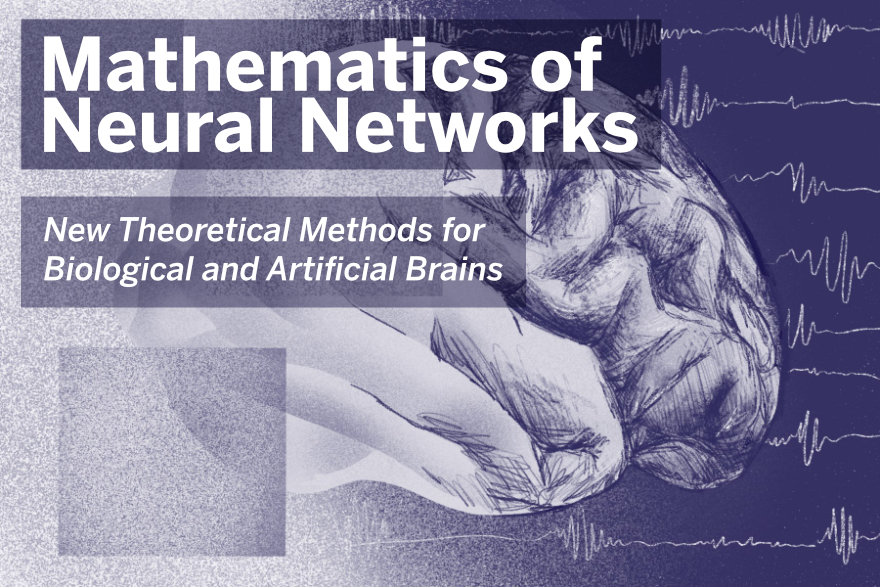Themes
Contact Us
Western Academy for Advanced ResearchWestern Interdisciplinary Research Building
Western University
London, Ontario
N6A 3K7
wafar@uwo.ca

Theme News
Image by Sophie Wu
New technologies are greatly expanding the ability to map neural systems. Reconstructions of the synaptic connections between neurons and large-scale recordings of spikes are now able to map both the structure and function of hundreds to thousands of cells. Thus, while for decades it was only possible to study the activity of only a handful of cells in a living, functional neural circuit, it is rapidly becoming possible to study activity in massive ensembles of cells during active sensory perception and sleep. With these new technologies, neuroscientists can now ask how the collective activity of hundreds or thousands of cells creates sensory and cognitive computations. The challenges posed by these increasingly large and complex datasets, however, require new and rigorous mathematical approaches in the field.
As the first theme to be supported by the Western Academy, our team will develop new approaches in discrete mathematics to understand neural systems at a new theoretical level. These developments have promise to shed light on fundamental questions like the codes used by neurons in sensory and cognitive computations – where our team is using techniques from symmetries, algebraic geometry, and Galois theory to understand patterns in spike times – to important translational applications, where new techniques in processing discrete signals and analyzing neural activity patterns are providing insight into neural recordings collected at the Robarts Research Institute and London Health Sciences Centre.

